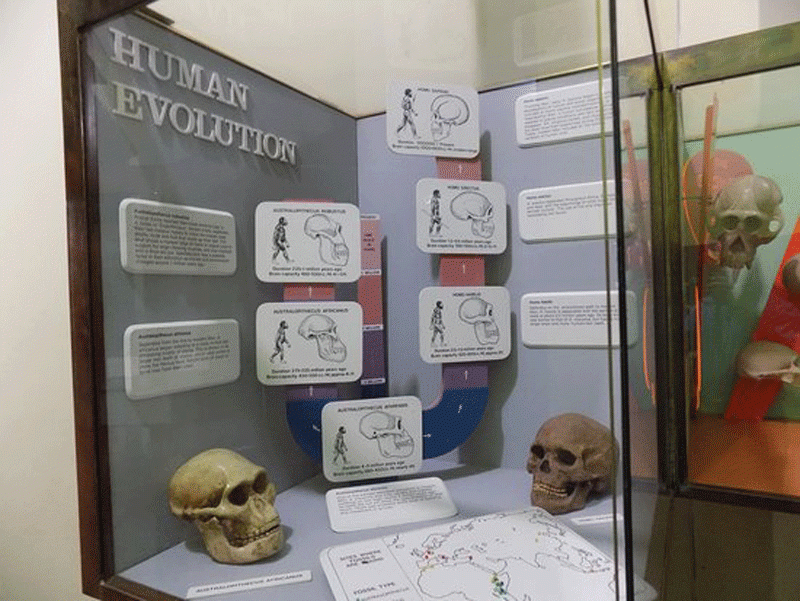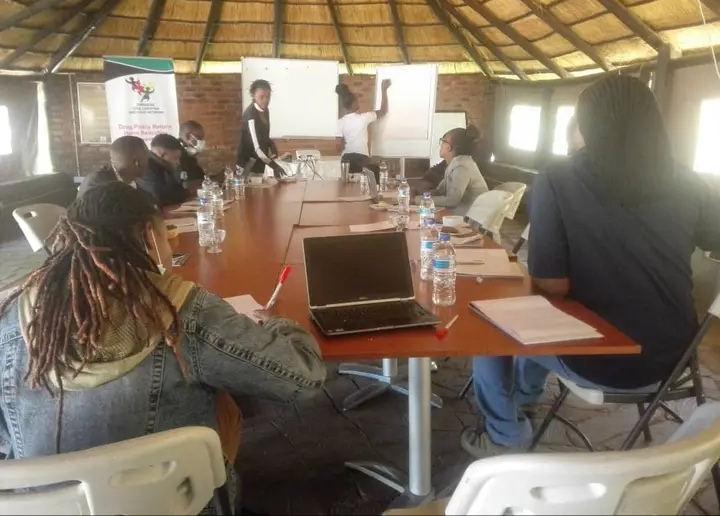
CULTURAL aesthetics remains an embodiment of ubuntuism, while preservation of cultural heritage is a very critical factor that artists need to promote as it is a driver for economic development.
As we celebrate heritage month in September, it remains imperative to realise the importance of the different forms of heritage that Zimbabwe is endowed with.
At grassroot level, individuals who work with artists and cultural practitioners within their communities have to utilise cultural heritage resources in the processes that orient to income generation in Zimbabwe.
It is of note that heritage preservation and socio-economic development remain co-related. This is so because the different forms of tangible and intangible heritage can play a role in the generation of revenue, and in the process, it can support communities that live in the vicinity of heritage sites to have a direct effect on their long term survival.
Examples of cultural heritage include tangible assets such as visual art, food, clothing, and styles of architecture along with intangible assets such as legends, music, and values like generosity or respect. All these remain central and critical in the enhancement of socio-economic development.
In essence, cultural heritage is important as it plays a role in the influencing of the sense of identity and loyalties which ultimately influence the behaviour of individuals. In Zimbabwe, the memory institutions such as archives, libraries, museums, schools and historic sites have a responsibility in the preserving and the interpretation of cultural records.
They enhance the awareness of the importance of cultural heritage promotion where they enlighten communities on the path towards enhancing socio-economic development.
In Zimbabwe it remains important for people to preserve their culture from foreign influence and erosion which has seen the need for formulating traditions and practices that have been passed from generation to generation.
- Edutainment mix: The art of collaboration is better than competition
- Edutainment mix: The artist in the child policy formulation context
- Edutainment mix: The artist in civic education
- Edutainment mix: Debunking creative leadership
Keep Reading
For example, forms of art such as folklore in songs and stories, art and craft such a visuals and sculpture remain evidential as art forms that have been passed from generation to generation.
The promotion of cultural heritage enhances the need for the youth to also learn about their past. Growing up in Bulawayo gave me exposure to the national museum which gave me an insight into the different artefacts and cultural aesthetics that embody the nation as a whole. It is important for artists to visit such places as they inspire art works and plays a role in the promotion of cultural diversity in Zimbabwe.
Natural heritage sites are of importance as they help artists to curate their art works. As an artist, I endeavour to sing more about the Zambezi, the Mosi-a-tunya, the Chinhoyi Caves, Mana Pools, Binga Hot Springs, the Great Zimbabwe, Khami Ruins and Matobo Hills. These are sites of great significance for our nation.
They also assist in bringing revenue to the nation. Every artist has a mandate to create awareness about the importance and centrality of every heritage site, which can be a source of revenue for the arts sector. Where there is tourism, artists also thrive.
Grassroots communities within areas that have heritage sites can immensely benefit from them.
However, what is sad is that in many areas where there are heritage sites, local communities have not been benefiting from them.
Communities that live within heritage sites have deeper links to these sites as they orient to their language and cultural values. To promote socio-economic development, local communities can act as tour guides at heritage sites, create indigenous themed bed and breakfasts rooms for booking, and sell their local art work, as well as curate songs and dances to entertain the tourists.
This is important as the tourism sector is now awakening after the relaxation of the Covid-19 regulations. Communities living within natural heritage sites can derive a number of benefits from them, which can be economic, cultural, educational, social and environmental. There are opportunities for employment creation of local people, and creation of community projects such as the Shona village, for example, and craft centres, which can generate revenue for local communities.
Businesses that are located near heritage buildings and areas can also benefit. There can also be growth in employment through manufacturing industries of cultural artefacts if these heritage sites are managed well. There can also be infrastructural development. This also leads to enhanced municipal tax bases through restored individual buildings and areas.
Women are also empowered, which can lead to sustainable development. Empowerment of women results in a multiplier effect with community gains and economic growth. Environmental conservation which has the capacity to benefit future generations is also realized, and there is social sustainability through maintenance of cultural values.
It should be noted that a heritage site is a valuable resource for sustainable development, but sustainable development can only be realised if there is involvement of the local communities in activities at heritage sites. It is therefore important to note that listening to the voices of local people should be a starting point in any approach to management of heritage sites and sustainable development.
Raymond Millagre Langa is a musician, poet, writer, orator and founder of Indebo Edutainment Trust. Please follow Raymond Millagre Langa on Facebook, Instagram @Millagre Ray L. You can e-mail Raymond Millagre Langa on [email protected] and [email protected]










